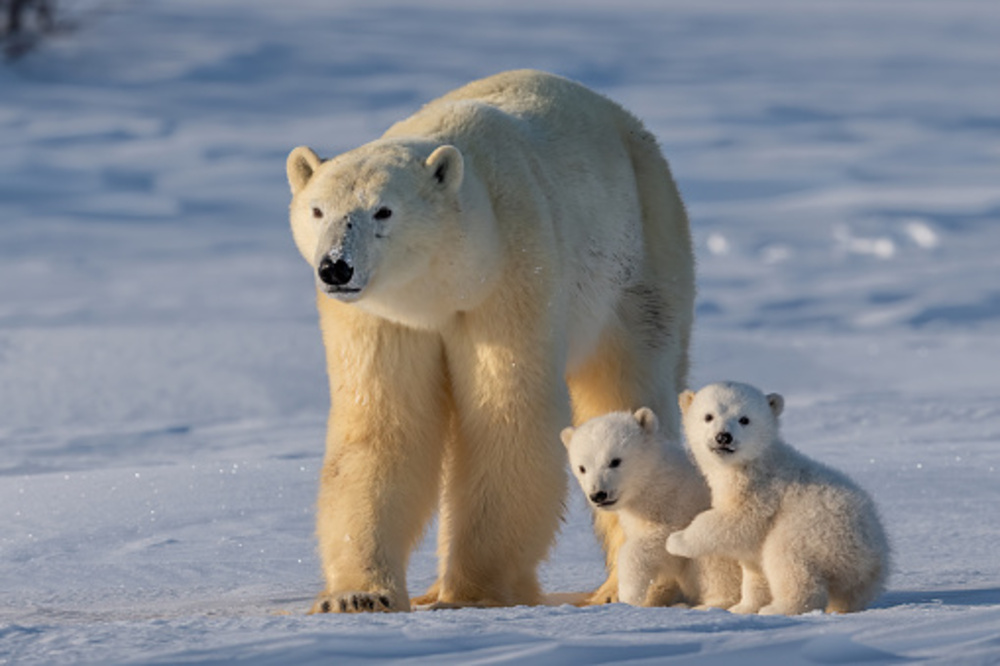According to a government report released this week, the number of polar bears in Canada’s Western Hudson Bay has decreased 27% in just five years. It is a clear demonstration of how climate change has an effect on animals.
Every autumn, as they make their way back to the sea ice, the bears that live along the western shore of the Bay pass through Churchill, Manitoba. It is a popular tourist destination. Due to this, the population has become not only the subject of the best research worldwide but also the most famous. The local bear-viewing industry is estimated to be worth $5.30 million annually.
But according to the Government of Nunavut’s estimation, there were only 618 bears left in 2021. It is down about 50% from the population of polar bears in the 1980s.
The alarming situation with polar bears
According to John Whiteman, principal research scientist of the conservation non-profit Polar Bears International, it’s alarming in some respects. It does not stop the fact that these declines are likely to lead to extinction in the future if sea ice loss is quite alarming.
Polar bears hunt by scouting out seal-breathing holes on the sea ice. The Arctic, however, is currently warming nearly four times more quickly than the rest of the planet. Seasonal sea ice is growing later in the fall and disappearing earlier in the spring in Hudson Bay, making bears go longer periods without food.
The Arctic melting ice poses a danger to polar bears survival
Given that four of the previous five years have witnessed somewhat favorable ice conditions, scientists emphasized that a direct correlation between the population reduction and sea ice loss in Hudson Bay was not yet obvious. According to them, the local seal population may be declining due to climate-related changes, not bears.
And while it’s likely that some bears have relocated, the quantity of adult male bears has largely remained unchanged. According to Stephen Atkinson, an independent wildlife biologist who oversaw the study on behalf of the government, fewer young bears and adult females are to blame for the fall.
The argument that bears are leaving western Hudson Bay doesn’t square with this change in populations, according to the biologist.
There are no cubs, the polar bear population is aging
According to Andrew Derocher, director of the University of Alberta’s Polar Bear Science Lab, there weren’t many cubs born in 2021. Our population is slowly aging, and older bears are considerably more susceptible to increased death when bad (ice) years do occur.
The report’s assertion that decreases have accelerated worries scientists as well. There was loosing of only 11% of the population between 2011 and 2016.
Polar bear populations live dispersed among 19 populations in Canada, Alaska, Russia, Norway, and Greenland. Western Hudson Bay, however, is one of the southernmost regions, and scientists predict that bears in this region will certainly be among the first to go extinct.
The majority of the world’s polar bear populations probably will go out by 2100, according to a study published in the journal Nature Climate Change in 2021.

